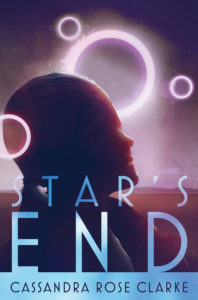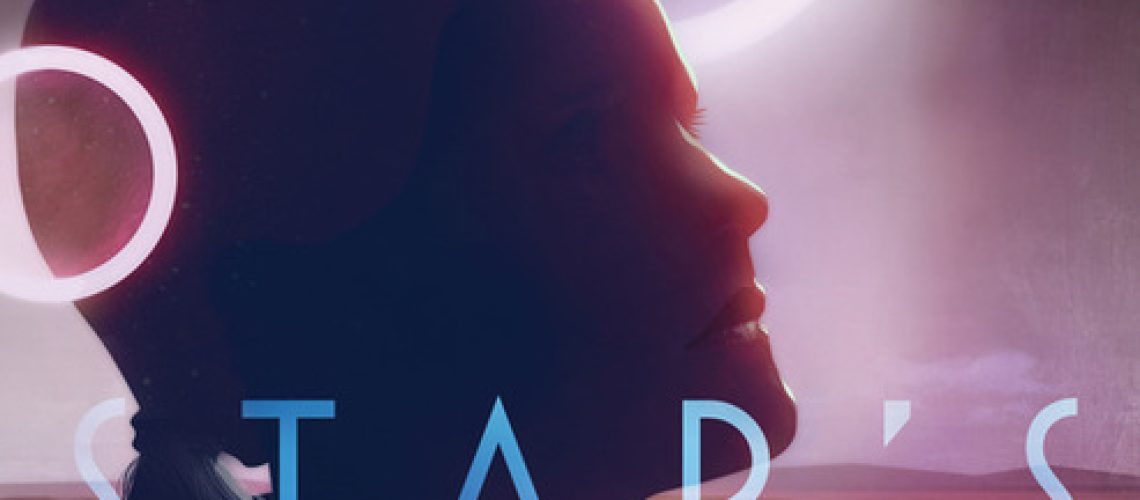A year ago, I decided to embark on a not-exactly-new endeavor: teaching myself Spanish. I say not-exactly-new because I had attempted it before with a dubiously-acquired copy of Rosetta Stone, which I used for about a month in 2013 before giving up.
My failures with Rosetta Stone hadn’t killed my desire to learn Spanish, though. Spanish is a language I grew up around without ever actually learning—I’m from South Texas and now live in Houston, so it’s been a part of the sonic and cultural landscape my entire life. However, I went a Classics route with my formal language learning in high school and college (Latin and Ancient Greek, respectively) and so Spanish was firmly lodged in a strange space of being both familiar and unknown. This frustrated me. How could I see and hear a language almost every day and not understand it?
In January of 2017, I decided to give it another go. This time, I eschewed Rosetta Stone in favor of a couple of phone apps: the ubiquitous Duolingo and a Spanish-focused app called Wlingua. I studied a little bit each day, flopping down on my couch in the evenings to work through a few lessons. Duolingo plunges you into the language and gamifies the experience; Wlingua is a more classic approach, and actually teaches you grammar rules. The two apps reinforced each other—I’d pick up grammatical patterns in Duo, then learn the specific rules and exceptions a month later in Wlingua. My progress was slow and steady, and most of the time I didn’t feel like I was really learning anything.
Except I was. After about six months or so, I realized I could understand the Spanish versions of signs and forms and such that I encounter in my day-to-day life. I helped proof-read a Spanish language document for work and when I checked with a native speaker, my suggestions were correct. While rewatching Pan’s Labyrinth, I was able to pick up on a few key words and phrases. I was—and still am—strongest with reading Spanish, but I have more comprehension of a language I’ve been surrounded by my entire life than I ever have before.
There is a particular joy in reading a piece of writing in a language you don’t think you can understand—and then understanding it. Meaning materializes like a 3-D shark in those old Magic Eye books, and suddenly the world suddenly opens up for you a little bit more. You see things from a different angle—languages rarely translate directly, and the transition from Spanish to a direct English translation to “true” English translation is like seeing another person’s thought process. For example, “I’m sorry” is generally translated in Spanish to “Lo siento”—which translates, directly, as “I feel it.” Which is beautiful! What else is an apology but acknowledging that you feel the pain of someone else?
My favorite Spanish word right now is girasol, the word for sunflower. In Spanish, girar means “to turn,” and sol is the word for the sun. Girasol, then, suggests the act of turning toward the sun, which sunflowers famously do, tilting their yellow blossoms toward the light.
Learning another language is like learning a poem.
When I started studying Spanish a year ago, I did so with the goal of eventually becoming fluent. I’m not there yet, but I am closer. A few days ago, I finished the Spanish Duolingo course. Already I’m planning study activities to take its place—writing daily journals in Spanish, watching Spanish-language news broadcasts. But I also want to see what other treasures I can find hidden in grammar and vocabulary and sentence structure. I posted a poll on my Twitter account, asking which Duolingo course I should try next. I set the options as Russian, Norwegian, Polish, and Turkish, four Duolingo-ready languages I would love to learn. As of right now, twenty-five people have voted. Russian’s winning. So in 2018, I’ll likely be diving into Russian. But who knows what I’ll try in 2019? In 2020?
A year ago, I discovered a new joy in my life. I’m excited to see where it takes me in the future.
 Cassandra Rose Clarke‘s work has been nominated for the Philip K. Dick Award, the Romantic Times Reviewer’s Choice Award, the Pushcart Prize, and YALSA’s Best Fiction for Young Adults. She grew up in south Texas and currently lives in a suburb of Houston, where she writes and serves as the associate director for Writespace, a literary arts nonprofit. She holds an M.A. in creative writing from The University of Texas at Austin, and in 2010 she attended the Clarion West Writer’s Workshop in Seattle. Her latest novel is Star’s End, out now from Saga Press. She can be found on Twitter, Tumblr, and Facebook.
Cassandra Rose Clarke‘s work has been nominated for the Philip K. Dick Award, the Romantic Times Reviewer’s Choice Award, the Pushcart Prize, and YALSA’s Best Fiction for Young Adults. She grew up in south Texas and currently lives in a suburb of Houston, where she writes and serves as the associate director for Writespace, a literary arts nonprofit. She holds an M.A. in creative writing from The University of Texas at Austin, and in 2010 she attended the Clarion West Writer’s Workshop in Seattle. Her latest novel is Star’s End, out now from Saga Press. She can be found on Twitter, Tumblr, and Facebook.








One Response
Adding my vote for Russian, which was my college major! Lmk if I can help! 🙂